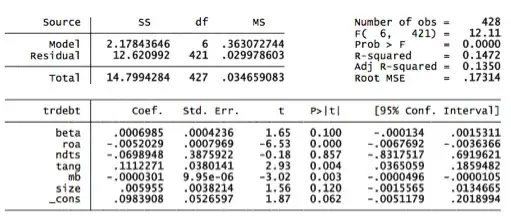I am looking to test if two mean and standard deviation values I obtain are not significantly different (comparing a sensor method to the gold standard).
I am planning on using a two-tailed t-test in python, but I am getting confused when interpreting the results.
Does a high p-value mean that there is no significant difference and the two methods are similar?
I know this is an incredibly basic question but I don't really know statistics.
I plan on using scipy's ttest_ind and here is a box plot of my data where I am comparing each blue and orange box:
